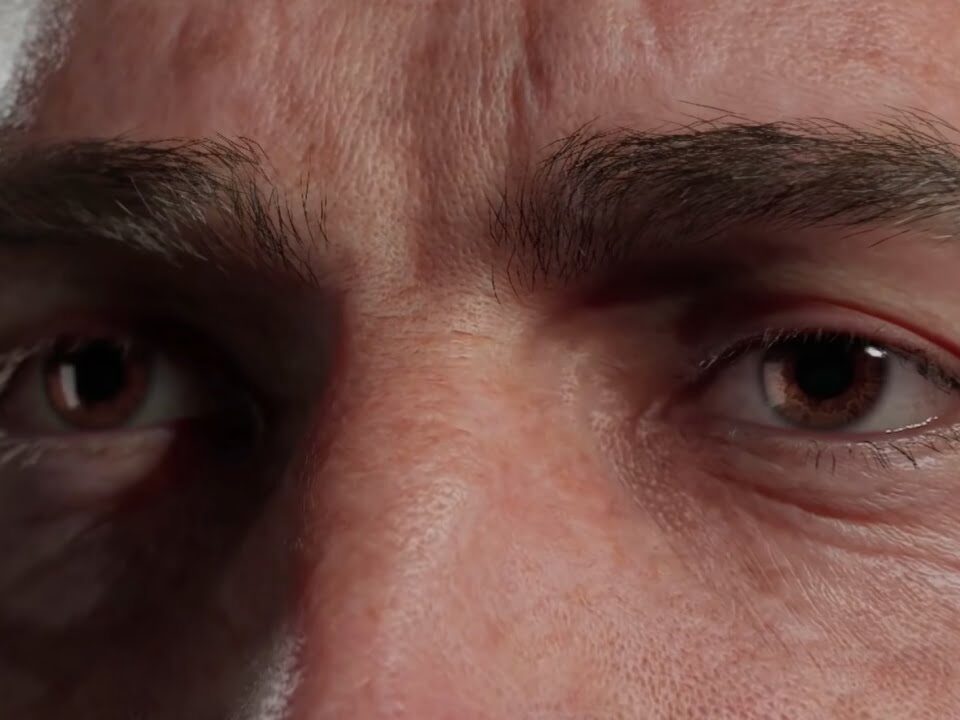Unreal Engine 5 running on the Xbox Series X, that is.
One of the fun things, with executives and marketers playing tech top trumps, is never really knowing what they mean. Sure, the names sound cool – Lumen! Nanite! – and all the numbers go up, but it’s not very tangible.
Nanite means “infinite” triangles, apparently. Lumen is the real-time lighting system. It’s a bit like the cosmetics industry “inventing” countless chemical compounds for marketing purposes. [And for legal purposes, we have to point out that was a joke, honest – Ed.]
The reveal of Unreal Engine 5, for instance, was very cool, but it’s the tech demo equivalent of an E3 trailer – it looks great, but what we see shipped down the line might be different.
What’s perhaps more interesting is a studio we know, working on a technical demo of a series we’re familiar with, and seeing how that shapes up in Unreal Engine 5.
So here’s The Coalition, the developer of the Gears of War series – a studio that has recently finished work on Gears 5 to prioritise future projects on Unreal Engine 5, no less – doing exactly that:
It’s a character rendering test of a bloke we’re not familiar with, but he looks very much like someone did a Ctrl-C/Ctrl-V from any recent Gears of War game. (Big armour – check! Beard – check! Underlying sense of melancholy in spite of his macho exterior – check!)
An on-screen tip tells us that his body is made up of 160,000 triangles, his head 31,000, and his “groom” – we’re presuming that means his hair, beard, eyebrows, eyelashes etc – comes in at a whopping 3.5 million triangles.
But those are all just big numbers that don’t mean a lot to the lay observer.
You might, however, have seen The Coalition joking that the triangle count of an entire Xbox 360-era Gears of War character could fit into the eyelashes of a character during a GDC talk, thanks to Unreal Engine 5’s Nanite system. Those are numbers we can understand. Frames of reference we can work with, mentally. Even if they are a bit ludicrous.
Well, here’s the proof of that assertion, and it looks pretty good.
Follow us on Facebook and Twitter for important tech updates.






